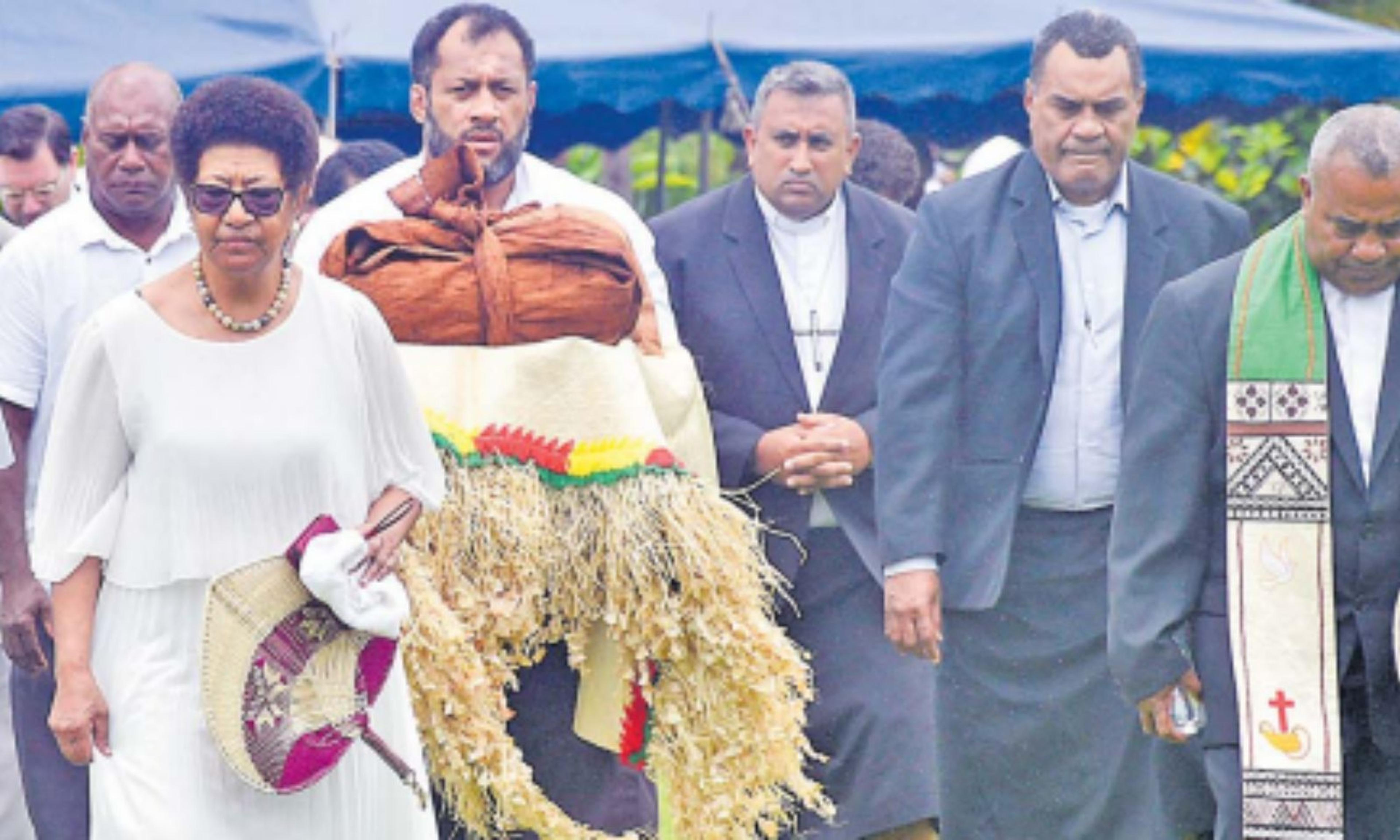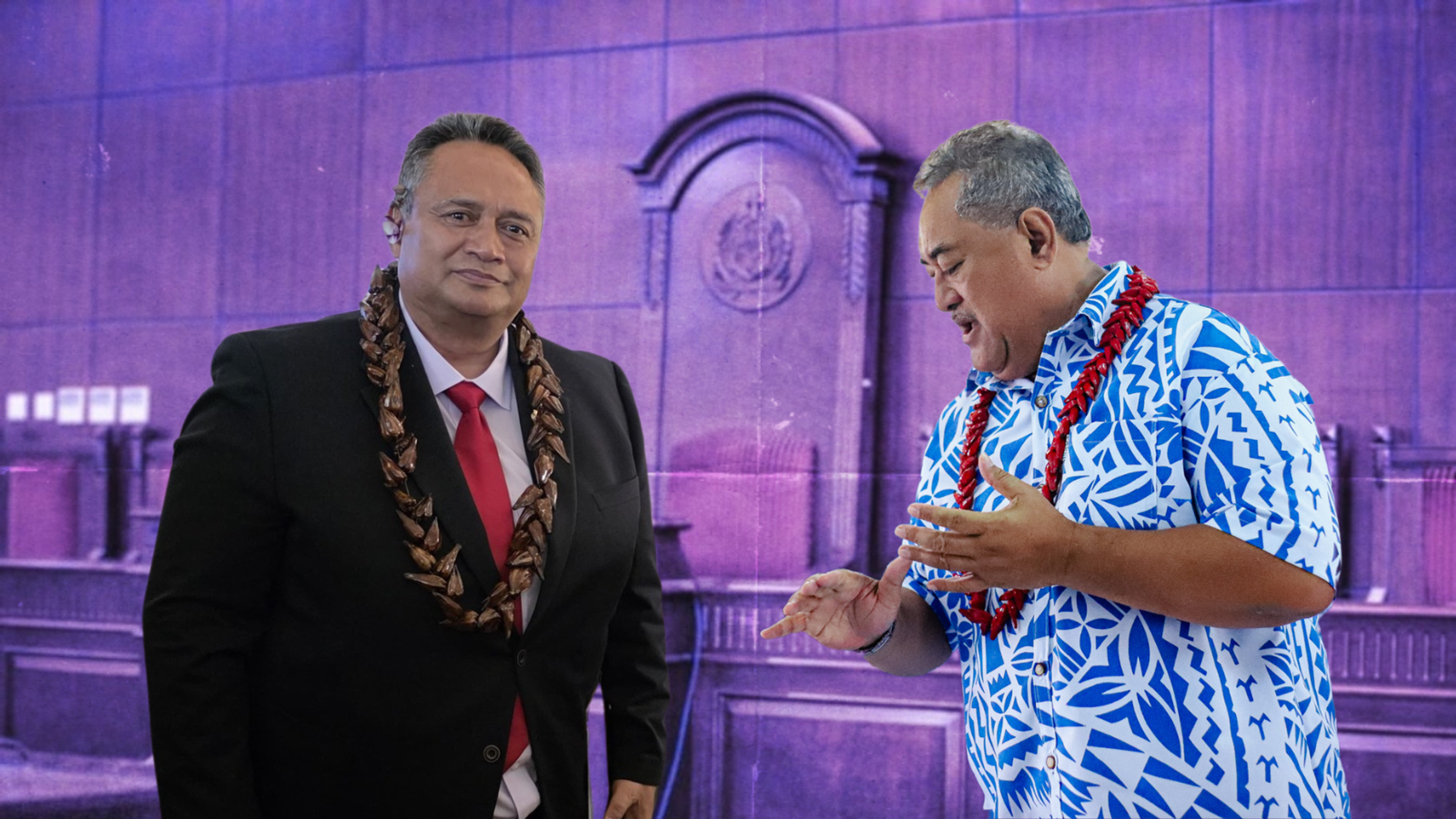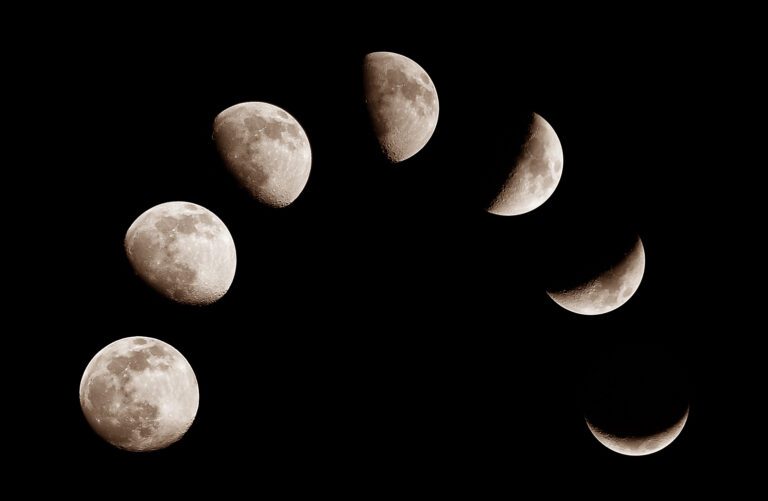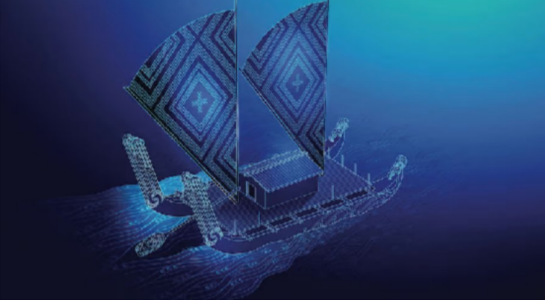

Freya Bullock is passionate about utilising ancient wisdom such as Maramataka in our modern lives.
Photo/Composite/Supplied
Living by the Moon: How Pacific wisdom can guide modern wellbeing
Freya Bullock is working to bring ancestral knowledge back into classrooms and daily life.




Sāmoa court blocks withdrawal of Falealili I election petitions



Pacific research marks 25 years of tracking children into adulthood


Sāmoa court blocks withdrawal of Falealili I election petitions

In the hustle of modern living, many people are turning to practices like the Maramataka for balance.
The Maramataka is the Māori lunar calendar that guides daily life through the moon’s phases and environmental signs.
This approach is shared across the Pacific and has 30 phases, each with its own expected energy levels and recommended behaviours.
Freya Bullock, an outdoor educator and academic, says aligning daily activities with the seasons and nature is common across the region, although the names and dates may vary.
“Our people lived in line with the environment,” she tells Ala Vailala on Pacific Mornings. “They didn’t see themselves as superior to it or something for us to use, but we were a part of it.
“Being in Aotearoa, we've got a very cold atmosphere most of the time, whereas in the islands, it's generally warmer, so they're going to have different tohu (signs) to determine their seasons or to determine their activities also.”
A 2023 study published in the International Journal of Environmental Research and Public Health describes the Maramataka as a rigorous, intergenerational form of environmental science.
The study states: “Observation of environmental phenomena recorded by generations of Pacific ancestors in the maramataka, also known as ‘Te Arapo’ in the Cook Islands or ‘Kaulana Mahina’ in Hawai’i, represents a potentially more robust and exponentially longer ‘longitudinal study’ of environmental, agricultural, ecological, and aquacultural science than any conducted by modern research institutions or researchers.”
The study notes the high stakes associated with this ‘longitudinal’ observation - for early Polynesian observers, incorrect applications could also affect the survival of their communities.

Image showing differnent moon phases. Image/File
The human impact
Research dating back to 1976 has explored the moon’s effect on human behaviour. Psychological and crime studies in the early 2000s confirmed increased energy and erratic behaviour during a full-moon phase.
Bullock points to scientific evidence linking the moon’s pull with human behaviour. “It’s not just a Māori or Pacific concept - it’s a legitimate knowledge system. Just try living by it for even a couple of months and see the patterns that come about.”
Bullock says today’s obsession with productivity often contradicts our natural rhythms, which also require rest.
Watch Freya Bullock's full interview below.
In a modern context, she suggests aligning meetings, intensive research, or study sessions with high-energy days for improved outcomes.
“I always thought that the more I could do, the more I could give… but I ended up burning out. It gave me a lot more understanding of how we can more intentionally use our time and our energy… We weren’t created for just hard mahi all the time.”
Bringing Maramataka into education
As a former teacher, Bullock incorporated Maramataka into her curriculum, despite the rigid constraints of the school timetable.
On low energy days, like Mutuwhenua, she would plan quieter, reflective lessons, and she noticed a positive impact on her students’ behaviour and wellbeing.

Pacific voyagers used the stars for navigation, but also to guide daily activities such as planting, harvesting and fishing. Photo/Supplied
Bullock hopes to see more indigenous frameworks integrated into mainstream education.
“I was a PE teacher, so it was kind of a bit more flexible... if it’s a high energy phase like Te Rākaunui, which is the full moon, we wouldn’t have the students inside because then they’re going to be crazy...
“Just working with the energy level of the particular phase, they can actually use up their energy and use it in positive ways rather than getting frustrated.
“My ultimate dream would be to have a school where the framework is the Maramataka, where we’re not trying to force our tauira (students) to be in states of energy that naturally they don’t have.”